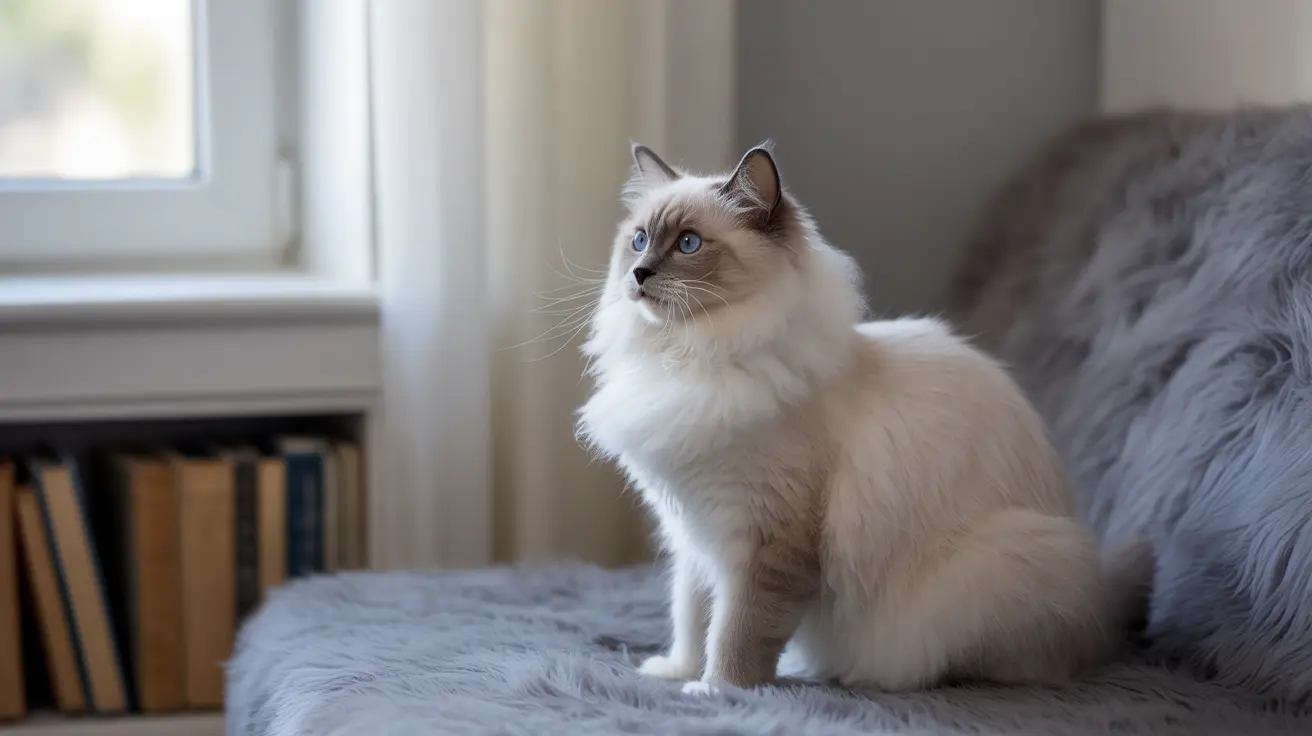The Science Behind Feline Seizure Detection
Cats possess extraordinary sensory capabilities that could theoretically enable them to detect subtle changes preceding a seizure. Their acute sense of smell can detect minute chemical changes in the body, while their sensitive hearing can pick up frequencies far beyond human perception.
Research suggests that before a seizure occurs, the human body undergoes several subtle changes, including:
- Alterations in body chemistry and hormone levels
- Changes in body odor
- Slight variations in behavior or movement patterns
- Subtle shifts in vocal patterns or breathing
How Cats May Detect Seizures
While formal studies are limited, several mechanisms could explain how cats detect seizures:
Olfactory Detection
Cats have an exceptional sense of smell, with up to 200 million olfactory receptors. This sensitivity might allow them to detect chemical changes that occur before a seizure, such as variations in stress hormones or other biochemical markers.
Behavioral Observation
Cats are naturally attuned to their owners' routines and behaviors. They may notice subtle changes in movement, posture, or facial expressions that precede a seizure, even before the person is aware of these changes themselves.
Signs Your Cat May Be Detecting a Seizure
Cat owners have reported various warning behaviors their pets exhibit before a seizure occurs:
- Persistent meowing or vocalization
- Unusual pawing or physical contact
- Following the owner more closely than usual
- Displaying anxiety or agitation
- Attempting to lead the owner to a safe place
The Role of the Human-Cat Bond
The strength of the bond between a cat and their owner appears to play a crucial role in seizure detection abilities. Cats who are closely bonded with their owners tend to be more attentive to changes in their human's condition and may be more likely to exhibit alert behaviors.
Scientific Evidence and Limitations
While anecdotal evidence is promising, it's important to note that formal scientific research on cats' ability to detect seizures is still in its early stages. Most studies have focused on dogs, leaving a significant gap in our understanding of feline seizure detection capabilities.
Frequently Asked Questions
Can cats really sense when a human seizure is about to happen?
While there's no conclusive scientific proof, numerous anecdotal reports suggest that some cats can detect impending seizures through changes in their owner's body chemistry, behavior, or other subtle cues.
What signs do cats show before their owner has a seizure?
Common signs include increased vocalization, persistent following, unusual physical contact, agitation, or attempts to get their owner's attention through pawing or gentle biting.
How do cats detect seizures—through smell, behavior changes, or other senses?
Cats likely use a combination of their acute senses, including smell, hearing, and observation of behavioral changes. Their sensitive olfactory system may detect chemical changes, while their observational skills notice subtle alterations in their owner's behavior.
Are cats reliable seizure alert animals compared to trained dogs?
While dogs have been formally studied and trained as seizure alert animals, cats haven't undergone the same rigorous scientific evaluation. Their reliability as seizure alert animals is currently based mainly on owner reports rather than controlled studies.
What should I do if I think my cat is alerting me to an oncoming seizure?
If you notice consistent patterns in your cat's behavior before seizures, maintain a detailed log of these behaviors and discuss them with your healthcare provider. However, never rely solely on your cat for seizure detection - always follow your prescribed medical management plan.
Conclusion
While more research is needed to fully understand cats' ability to detect seizures, the combination of their extraordinary sensory capabilities and close bonds with humans makes such detection plausible. For those living with seizures, their cat's behavior might serve as one of many tools in their overall management strategy, though it should never replace medical supervision or treatment.






